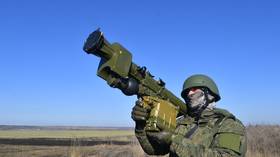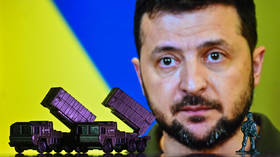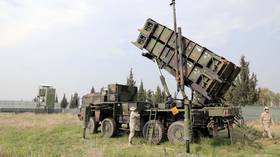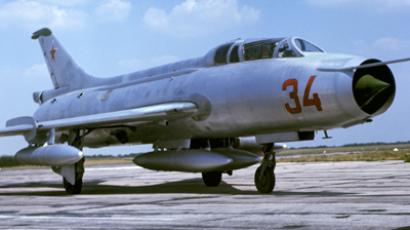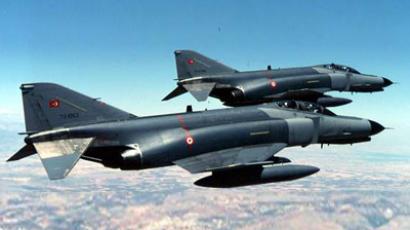Turkey's downed jet: NATO action in disguise?
Turkey is pushing NATO to regard Syria's recent downing of a Turkish jet as an attack on the alliance. NATO is gathering to discuss the incident, while some see parallels with the events that preceded NATO’s campaign in Libya.
Turkey insists that its unarmed RF-4E reconnaissance jet was shot down in international airspace on Friday while testing a domestic radar system. The country’s Deputy Prime Minister Bulent Arinc also said Monday that Syrian forces had opened ground fire on a search and rescue plane shortly after the first jet was downed.Turkey has also requested that NATO hold a meeting under Article 4 of the alliance's treaty, which allows a NATO member to request a consultation if it feels a threat to its territorial integrity or security. The meeting is due to take place on Tuesday. The alliance will consider classifying the Friday incident as an armed attack under Article 5, which states that an attack against one NATO member shall be considered an attack against all NATO members.“We have no intention of going at war with anyone,” AP quoted Arinc as saying. The deputy PM added, however, that Turkey retained its right to “retaliate” against a “hostile act” and assured that his country “has made necessary applications regarding Article 4 and Article 5.”In order to be approved, any potential action requires a consensus between all ambassadors of NATO’s 28 member states.Turkish authorities admit that their jet strayed into Syrian airspace, flying at an altitude of some 70 meters, but they also insist that the aircraft had left Syrian airspace after a warning from Turkish radar operators. The Syrian side dismissed the latter statement, explaining that the jet was shot down by a short-range air defense artillery gun, and not a longer-range radar-guided missile. This would only be possible if the jet was in Syrian airspace.A spokesman for the Syrian foreign ministry, Jihad Magdissi, said that the downing of the Turkish plane was an act of self-defense against a violation of its sovereignty.“Syrian air defense was taken by surprise by the plane at a 100-meter altitude. Even if the plane was Syrian, we would have shot it down,” he said, adding that Damascus did its best to mitigate the consequences by promptly contacting their Turkish counterparts and offering all due assistance in the search and rescue operations.The wreck of the Turkish jet was discovered on Sunday. An operation to find the two pilots is still underway.
Friend or foe?
The Turkish military jet's incursion into Syria may have been a botched NATO operation on counterfeiting Syrian military aircraft ID in order to fool the country’s air defense. The necessary codes could have been “borrowed” from the Syrian fighter that had been stolen by its defector pilot.This theory, explaining why the Turkish reconnaissance plane entered Syrian airspace before being taken down, was voiced by Russian newspaper Komsomolskaya Pravda, which cited unnamed sources in the Syrian security forces.Syrians believe that the Friday incident has its roots in last week’s defection of a Syrian pilot who escaped in his MiG-21 fighter jet to Jordan. Damascus branded the defector a traitor, while Jordanian authorities gave him asylum.The defection brings memories of a similar incident that took place in February 2011, when two Libyan pilots “delivered” their military aircraft to Malta. NATO’s bombing campaign, which ended with the fall of the Muammar Gaddafi’s government, started just a month after.Military analysts note that, curiously, the Libyan air defense systems appeared to be helpless against NATO’s air strikes. The explanation may lie in the friend-or-foe systems that the two stolen aircraft had onboard, the newspaper suggests. This system is used by the military in combat to distinguish their own aircraft.According to the newspaper, the Syrian military believe that NATO took a similar approach again, but failed to properly decipher the codes. This is evident by the fact that the defector pilot managed to send his family to Turkey before stealing the fighter jet, which means the act was probably not done out of a sudden emotional breakdown.Turkey may have been given the task by NATO to test how well the job was performed, and the result was disastrous, the report explains.This is only a theory and more trivial explanations cannot be ruled out – but the intrusion is more likely to have been part of a military operation rather than the mistake Turkey claims it to be, military experts say.


